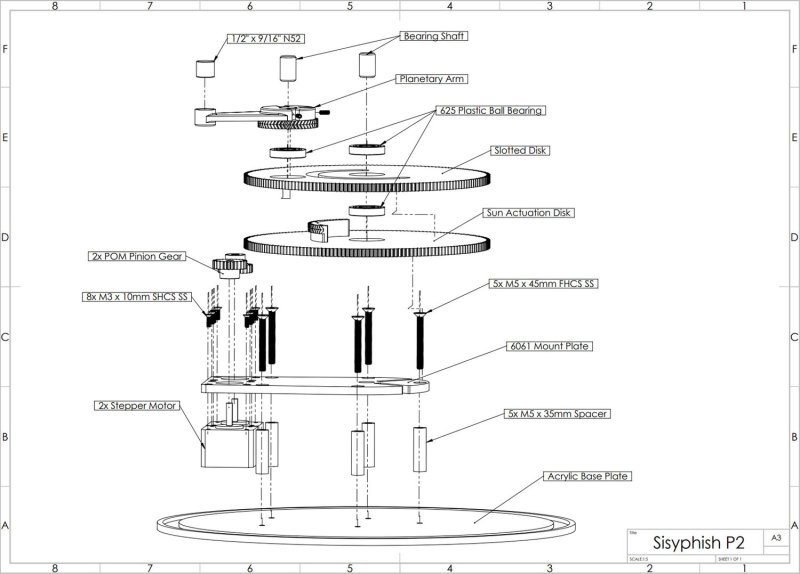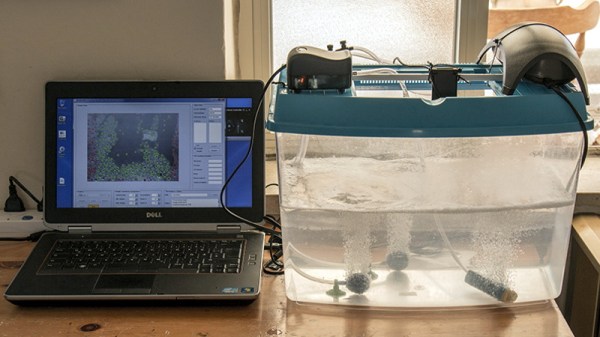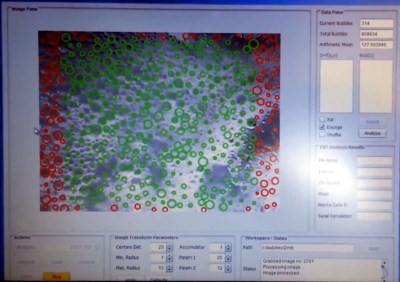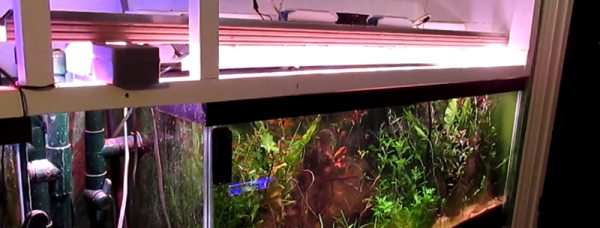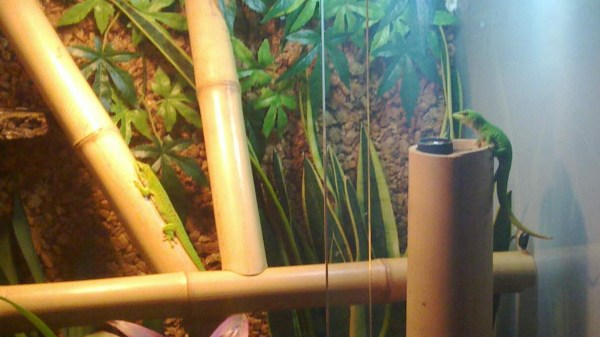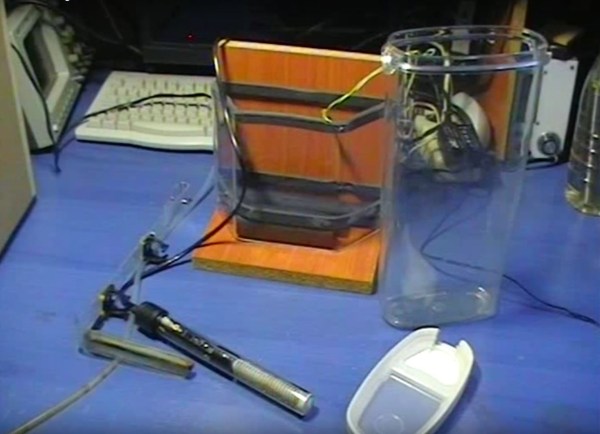Remember that time a giant cylindrical aquarium in a Berlin hotel bar catastrophically failed and left thousands of fish homeless? We sure do, and further recall that at the time, we were very curious about the engineering details of how this structure failed so spectacularly. At the time, we were sure there’d be plenty of follow-up on that score, but life happened and we forgot all about the story. Luckily, a faithful reader named Craig didn’t, and he helpfully ran down a few follow-up articles that came out last year that are worth looking at.
The first is from prosecutors in Berlin with a report offering three possibilities: that the adhesive holding together the acrylic panels of the aquarium failed; that the base of the tank was dented during recent refurbishment; or that the aquarium was refilled too soon after the repairs, leading to the acrylic panels drying out. We’re a little confused by that last one just from an intuitive standpoint, but each of these possibilities seems hand-wavy enough that the report’s executive summary could have been “Meh, Scheiße happens.”



